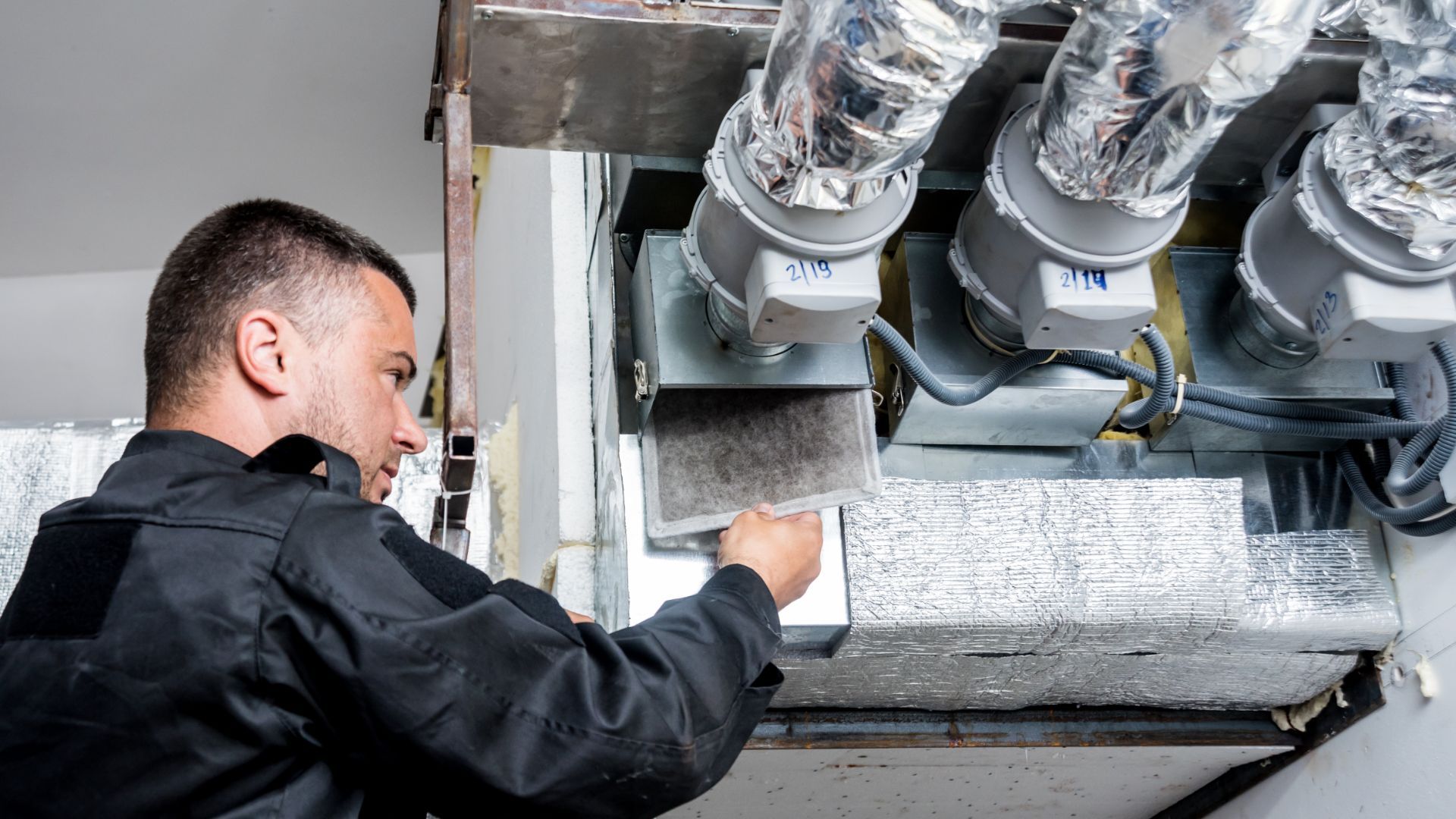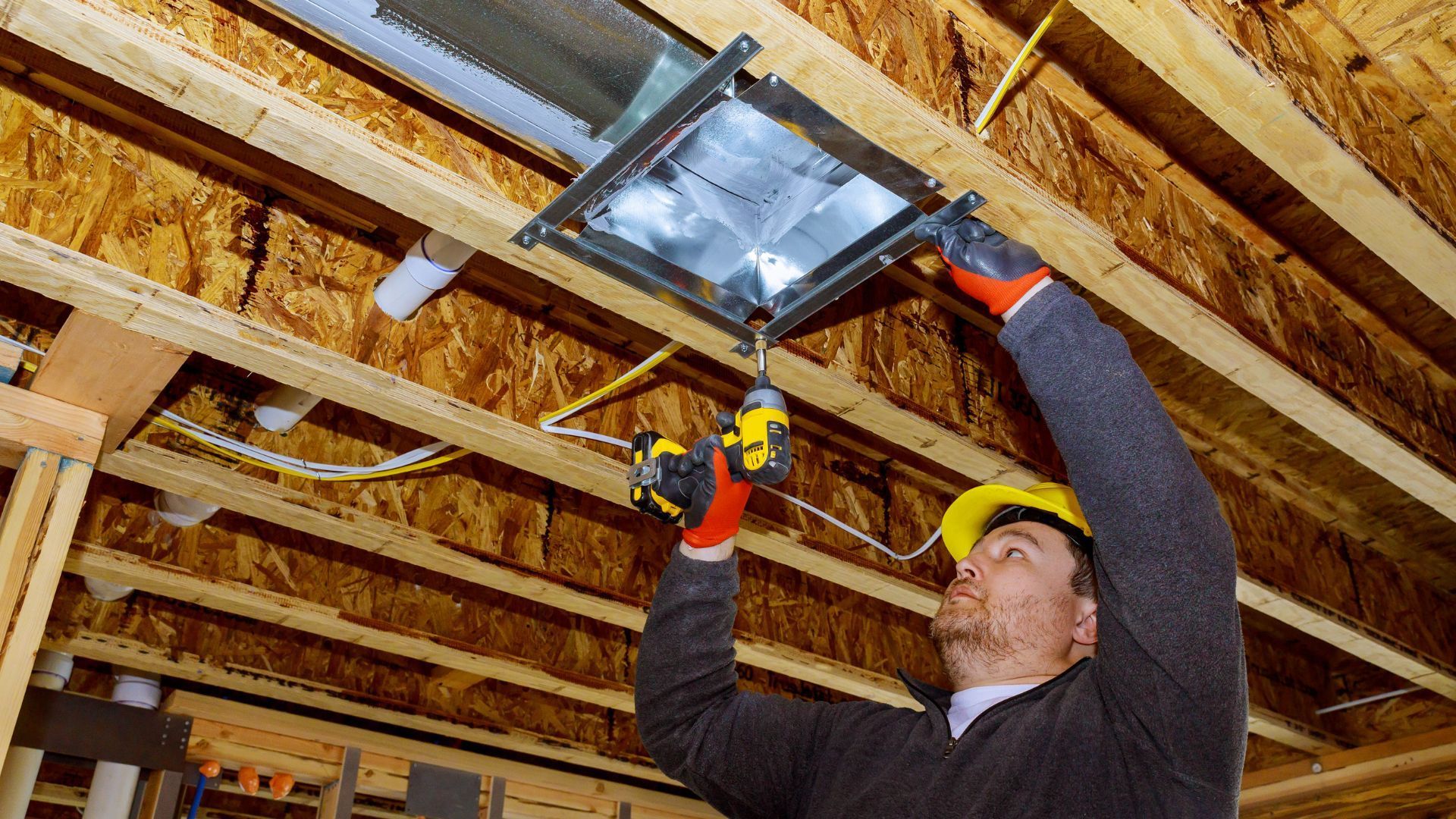Pros and Cons of the Different Kinds of Fireplaces
Pros and Cons of the Different
Kinds of Fireplaces

You may be looking for a new fireplace, or you may simply be wondering which type you should buy. The decision of selecting which type of fireplace to install in your home can be an overwhelming one.
There are numerous options, and some people are unsure which one is best for them. Fortunately, you can learn about the benefits and drawbacks of gas, electric, and wood fireplaces, as well as how to choose the best one for you, right here!
This article will compare these three types of fireplaces so that you can better understand their similarities and differences, as well as their benefits and drawbacks.
Let’s begin!
Types of Fireplaces and Their Benefits
There are many different types of fireplaces available on the market today. Some are more efficient than others, and some offer more features than others. Here is a look at some of the different types of fireplaces and their benefits.
Gas Fireplaces
Gas fireplaces are becoming increasingly popular because they are very efficient and easy to use. You simply turn them on and adjust the flame height. They produce little smoke, so they are also good for people with allergies or respiratory problems.
If you're considering a gas fireplace, there are a few things to keep in mind. Gas fireplaces are very convenient - you can turn them on and off with the flick of a switch.
They also put out a lot of heat, so they're great for heating up a room quickly. On the downside, gas fireplaces can be expensive to install, and they require regular maintenance.
Electric Fireplaces
Electric fireplaces are also becoming increasingly popular because they are very efficient, easy to use, and produce no smoke. They can be plugged into any standard outlet and come in a variety of styles and designs.
There are a lot of reasons to consider an electric fireplace. They're clean, efficient, and easy to install. Plus, you can find them in a wide range of styles to fit any home. But there are also a few downsides to electric fireplaces that you should know about before making a purchase.
The biggest downside to electric fireplaces is the cost. They're not cheap, and the running costs can add up over time. Plus, if the power goes out, you're out of luck - no fire for you!
Another downside is that they're not as realistic as other kinds of fireplaces. If you're looking for that cozy, crackling fireplace experience, an electric fireplace might not be the best choice.
Wood-Burning Fireplaces
Wood-burning fireplaces are the traditional type of fireplace. They can add a lot of character to your home, but they require more maintenance than other types of fireplaces. You will need to regularly clean the chimney and sweep up any ashes that fall out.
There are many different kinds of fireplaces to choose from, but one of the most classic and timeless options is the wood fireplace.
Wood fireplaces have a long history dating back centuries, and for good reason – they’re simply beautiful to look at and add a feeling of warmth and comfort to any home. But like anything else, there are both pros and cons to choosing a wood fireplace.
One of the biggest advantages of a wood fireplace is that it can be used as both a heating source and a decoration. A well-designed wood fireplace can add both function and style to your home and can be enjoyed even when not in use.
Pros and Cons of Deciding on a Type of Fireplace
When it comes to choosing a fireplace, there are many factors to consider. Do you want a gas, electric, or wood-burning fireplace? Each type of fireplace has its own set of pros and cons.
Gas
Gas fireplaces are the most popular type. They're relatively easy to install and operate, and they can produce a lot of heat. However, they can be expensive to run, and some people find artificial flames less appealing than real flames. In addition, Gas fireplaces are classified into two types: vented gas fireplaces and ventless or direct vent gas fireplaces.
Electric
Electric fireplaces are becoming increasingly popular. They're very easy to install and operate, and they don't produce any emissions. However, they tend to be less efficient than other types of fireplaces and can be expensive to run.
Electric fireplaces are available in a variety of styles and price points, so there is bound to be something to suit your style and budget.
Wood-burning
Wood-burning fireplaces are the traditional choice. They're usually less expensive to operate than gas or electric fireplaces, and many people enjoy the smell and crackle of a real wood fire. However, they can be difficult to maintain and clean, and they're not as efficient as other types of fireplaces.
Wood-burning fireplaces require chimneys and their associated maintenance, as well as a constant supply of fresh firewood and wood storage. Furthermore, they spit ash and embers into the room and require screens and other cleaning and maintenance, allowing warmth to escape the chimney; without adding elements to the flue to keep the warm air inside, the heat provided by a wood-burning fireplace is minimal.
So, which type of fireplace is right for you? It depends on your individual needs and preferences. Consider all of the
pros and cons before making your decision.
Let’s Light It Up
When it comes to fireplaces, there are a variety of different types to choose from. While each type has its own set of pros and cons, ultimately the best type of fireplace for you will depend on your specific needs and preferences.
If you’re looking for the best HVAC provider in London, Ontario, Carver Sheet Metal Inc. is definitely your go-to team. Visit
Carver Sheet Metal Inc. and see all that they can offer. They’re available 24/7 for your HVAC needs!










